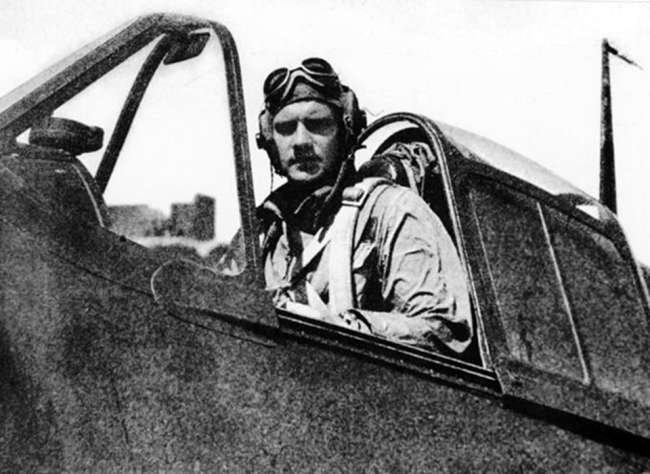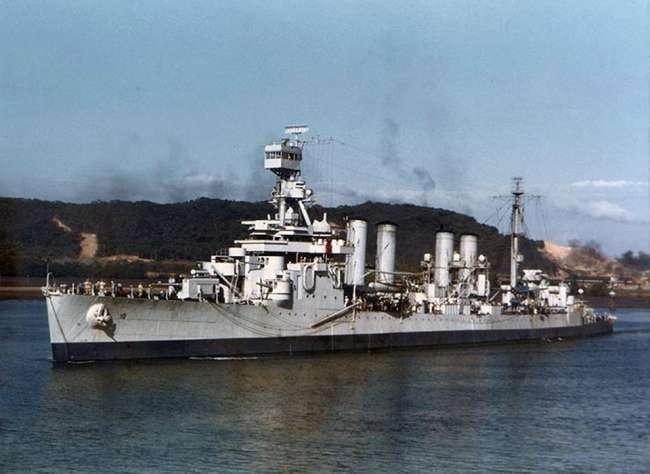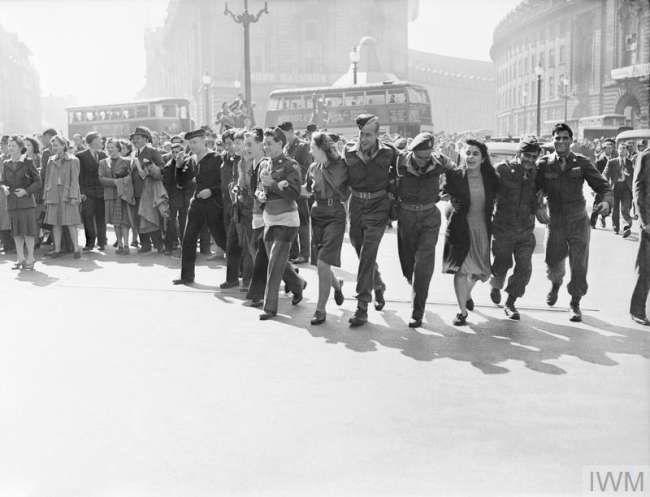As the war in Europe came to a close, staging camps previously used for replacements coming into the European theater did an about-face. In the summer of 1945, Camp Lucky Strike in St. Valery, France, 45 miles from the port of Le Havre, became a massive tent city for American troops preparing to embark on the voyage home. Demobilization in Western Europe was carried out primarily through Camp Lucky Strike and nine other camps, eight in France and one in Belgium. These holding areas took their code names from brands of popular cigarettes, hence they became known as the “cigarette camps.” Camp Lucky Strike was the largest cigarette camp, with a capacity of 58,000 troops awaiting transportation back to the United States. Camp Lucky Strike was designated “RAMP Camp No. 1” and was the chief assembly point for newly-liberated American prisoners of war, or RAMPs [Recovered American Military Personnel.]
Depending on the source, Camp Lucky Strike was either “Seventh Heaven” or complete chaos. For some, it was both. The circumstances of each of the men dictated their satisfaction with the camp and their treatment within it. Your trip home could be expedited or delayed based upon the luck of the draw.
In wartime, as POWs were freed, the War Department ruled that any American held prisoner for more than 60 days would be returned to the United States rather than returned to their units. This became a bigger challenge when the war ended and 93,000 RAMPs began to assemble. Most of the American POWs in Europe had already been assembled (by the Germans) at Stalag VIIA in Moosburg near Munich. Some were trucked part of the way to Strasbourg and then flown in C-47s to Camp Lucky Strike. Around 7,000 former “Guests of the Third Reich” from Stalag Luft I were flown to LeHavre in B-17s as part of Operation Revival. After making their way to Lucky Strike, the RAMPs began to be “processed.”
Showers and delousing happened immediately upon arrival, followed by the issuing of new equipment. Many RAMPs were wearing the same torn rags they had lived in for months. New uniforms took the place of the hodge-podge of styles cobbled together by the former prisoners of war. This alone gave many RAMPs peace of mind and restored a little bit of their humanity.
Then the RAMPs were given medical examinations: x-rays, blood and urine tests, and inoculations. Many RAMPs required hospitalization due to respiratory infections or malnourishment. A 350-bed hospital run by the 77th Field Hospital expanded to a 1500-bed capacity augmented by the 306th General Hospital. RAMPs in need of convalescence (some arrived via hospital train) were assigned to Block “C” of Lucky Strike.
Most of the men who had been imprisoned in Germany had lost a significant amount of weight due to the lack of food, and many RAMPs had a difficult time adjusting to regular meals. Food regulation at Camp Lucky Strike was the beginning of a long road back to normal digestion and nutrition that for some would take years. Dick Terrell, 15th Air Force POW from Stalag Luft I, reported on the third day of 30 he’d spend at Lucky Strike, “Sick all day. Have the GI’s [diarrhea]. Nothing to do anyhow.” Some of the men who had been eating unregulated for the weeks in between liberation and Lucky Strike were once again placed on restricted diets, resembling their old POW camp meals. Talks on reconditioning the digestive system were delivered and educational posters hung in the mess halls.
Food was served in mess tents manned by German POWs, overseen by US Army teams advised by medical staff. But many RAMPs found ways to supplement their new dietary regimens. In addition to the regular chow lines at Lucky Strike, the Red Cross was there serving up doughnuts. David Howard, who survived at Stalag Luft III for 28 months, reported about the Red Cross doughnut supply at Lucky Strike, “At first the medical authorities wisely tried to limit the doughnut intake of recovered kriegies [short for Kriegsgefanger, German for POW] by issuing tickets to the doughnut lines, one per ex-kriegie.” But in German POW camps across Europe, these men had become experts in barter and trade, and some unfortunate men required hospitalization after amassing enough tickets for “several delightful hours continually going through doughnut lines.”
After medical examinations, RAMPs were subject to a range of forms and applications, as well as debriefing. Oscar Richard, 8th Air Force RAMP, described reporting to intelligence officers at Lucky Strike, “We were questioned about our last mission before capture, our group, our target, and so forth, as well as about our treatment at the hands of our captors.” The intelligence gathered at Lucky Strike also contained information about crew members still missing in action. Some of these reports were used to locate remains or were used in court-martial or war crimes proceedings. It was emotionally troubling for some to have to record crimes they witnessed or speak about traumatic experiences they suffered while captive. RAMP and former Stalag Luft I POW Irwin Stovroff recalled being embarrassed that he cried during this part of the processing at Lucky Strike and that he had a headache once he finished “Mount Paper Trail."
Oscar Richard wrote later, “Lucky Strike was the strangest military establishment I had ever seen. No one seemed to be in charge. We weren’t told what to expect or when we might be going home. Nothing. Impatience took hold again.” However another former POW David Howard wrote:
“Here there was hope, and the confidence that we were there only as a step in the path home. And the staff in charge did try. Their job was an enormous one, not covered by any technical manuals.”
Yet for men who had spent time in captivity, the uncertain state of affairs at Lucky Strike could be dispiriting. The impatience led to low morale and poor discipline. On May 22, General Eisenhower visited the camp with an entourage and addressed the RAMPs. He applauded the men saying, “You carried the ball for us and we will not forget it.” But he pleaded for patience as well in getting the men home, reminding them that the war was still being fought in the Pacific.
The airstrip on which Lucky Strike was built served as the main thoroughfare in the camp, with tent cities arranged in areas designated alphabetically A-D. Each region had its own infrastructure with churches, PX-shops, souvenir depots (“booty tents” where one registered their war trophies), barbers, and auditoriums. RAMPs spent time lounging around Lucky Strike, drinking coffee at the American Red Cross Java Junction or reuniting with old friends or crew members from whom they had been separated. While RAMPs were used to waiting and some entertainment was provided with movies shown nightly in some of the larger tents, many slipped through the gate and escaped the camp, as they had desired to do while prisoners. The prime destination for these unsanctioned leaves (as well as sanctioned ones) was Paris, about 100 miles from Lucky Strike. American military hobos were plentiful on the stretch of road from LeHavre to the City of Lights. RAMP 1st Lt. Frederick Kemp wrote to his mother from Lucky Strike on June 7, 1945 about seeing La Tosca at the Opera Comique, “Paris is realy [sic] a beautiful city, the most beautiful I have ever seen. Everything that I had hoped for.”
Waiting around without much information about when and where the RAMPs were headed led to an active rumor mill, just as in the German camp system. David Howard wrote “One rumor had us off to the ‘C.B.I. (China-Burma-India) theater, to help make up for the months we had been drawing pay and accomplishing little.” But stories like these proved only rumors; standard procedure was that 72 hours prior to departure, units or departure groups would be alerted, after which point no one would be permitted to leave the immediate vicinity. The Stars and Stripes issued an announcement for all RAMPs to return to their camps immediately to be shipped home. One account cites that 5,000 officers were AWOL from Lucky Strike alone.
From June through December 1945, the 89th Infantry Division assumed control over the assembly areas in the Le Havre area, including Lucky Strike. Once RAMPs (and the other troops) in Lucky Strike received departure orders, they were trucked to staging areas at the port. Personnel rosters were compiled, medical checks were conducted, baggage was inspected and shipped (“Troops embarking may carry no more than 25 lbs. In excess of issued equipment.”) Finally, they were ready to overloaded ships for the 18-day voyage home to the East Coast of the United States. The Le Havre Port of Embarkation remained busy day and night with up to 6,000 daily departures. It is estimated that three million American troops entered or departed Europe through “America’s Gateway,” with 207,759 shipping out of LeHavre, homeward bound at the high point of June 1945. Overall more than 73,000 RAMPs were processed through Camp Lucky Strike. Repatriation of the RAMPs was mainly complete by the end of 1945 and Camp Lucky Strike closed operations in 1946.
For more on the POW experience see Guests of the Third Reich and hear more stories about Camp Lucky Strike and RAMP life on our Digital Collections.
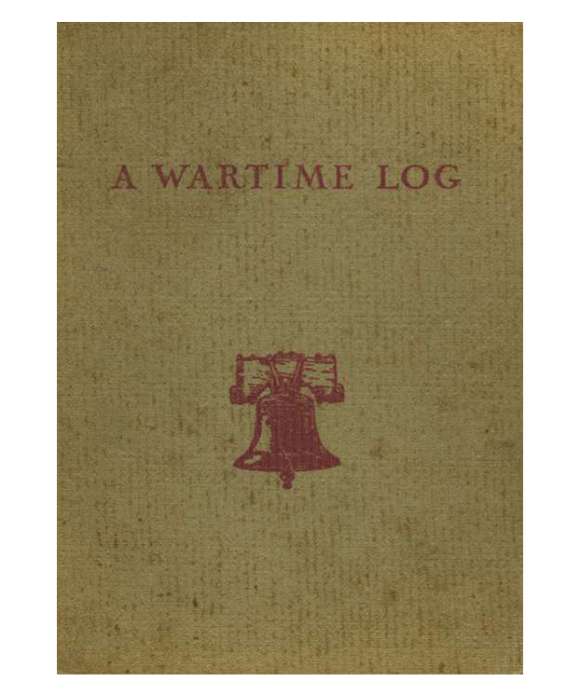
Curator's Pick: Gifts from the "Geneva Man"
Diaries provided by the Red Cross and the YMCA occupied many long hours of those held in German POW camps. Assistant Director for Curatorial Service Kimberly Guise discusses how the Museum’s collection of this surprising genre has grown substantially over the last 20 years of the Museum’s life.
This article is part of an ongoing series commemorating the 75th anniversary of the end of World War II made possible by Bank of America.
Kim Guise
Kimberly Guise holds a BA in German and Judaic Studies from the University of Massachusetts Amherst. She also studied at the Universität Freiburg in Germany and holds a masters in Library and Information Science (MLIS) from Louisiana State University. Kim is fluent in German, reads Yiddish, and specializes in the American prisoner-of-war experience in World War II.
Cite this article:
MLA Citation:
APA Citation:
Chicago Style Citation:
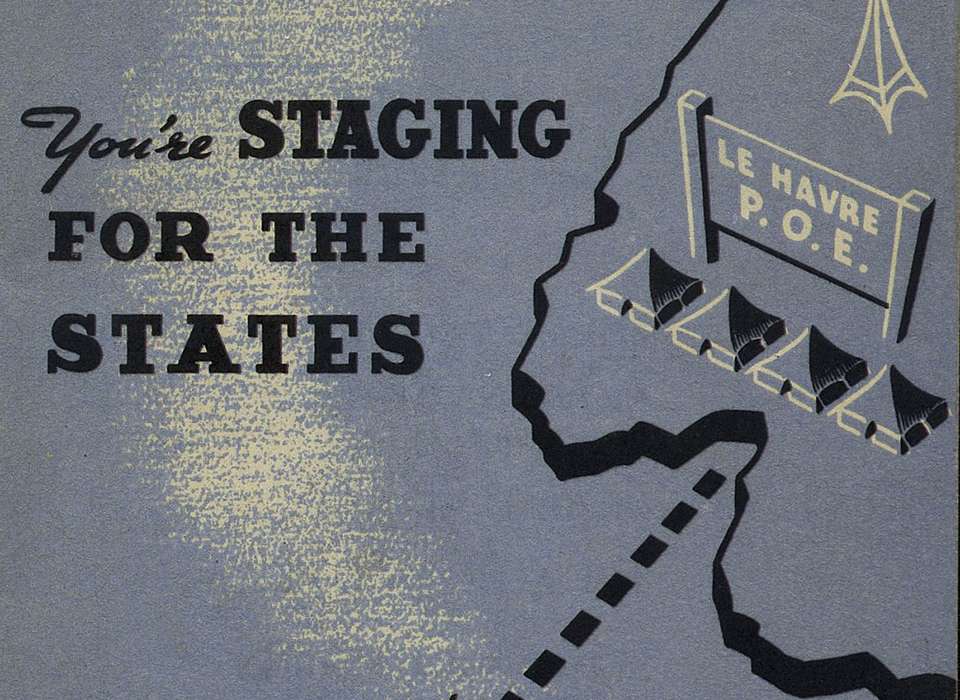
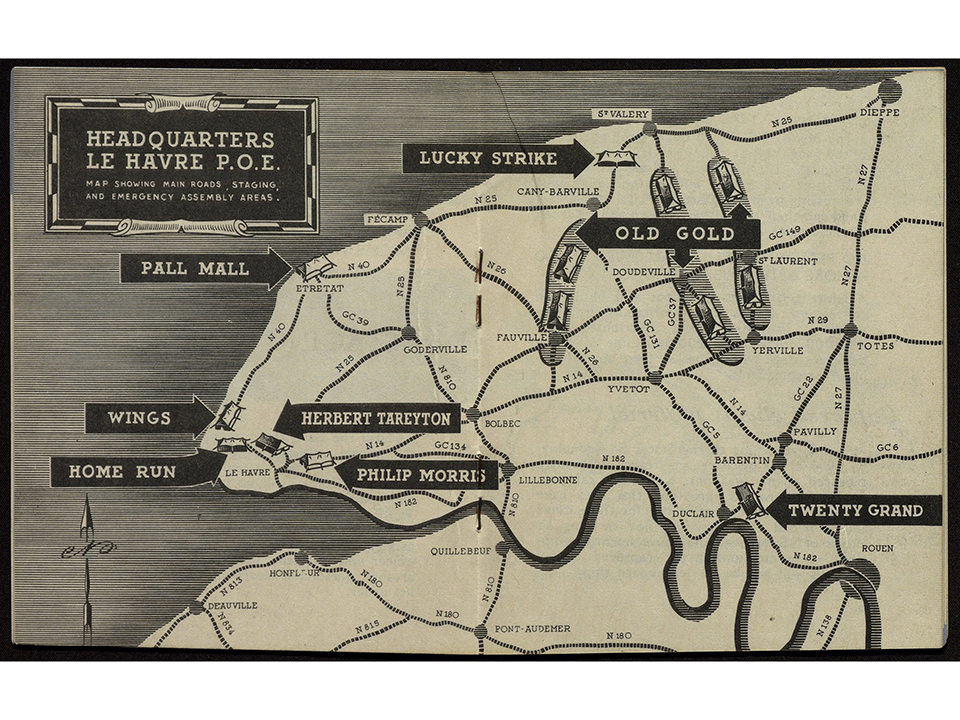
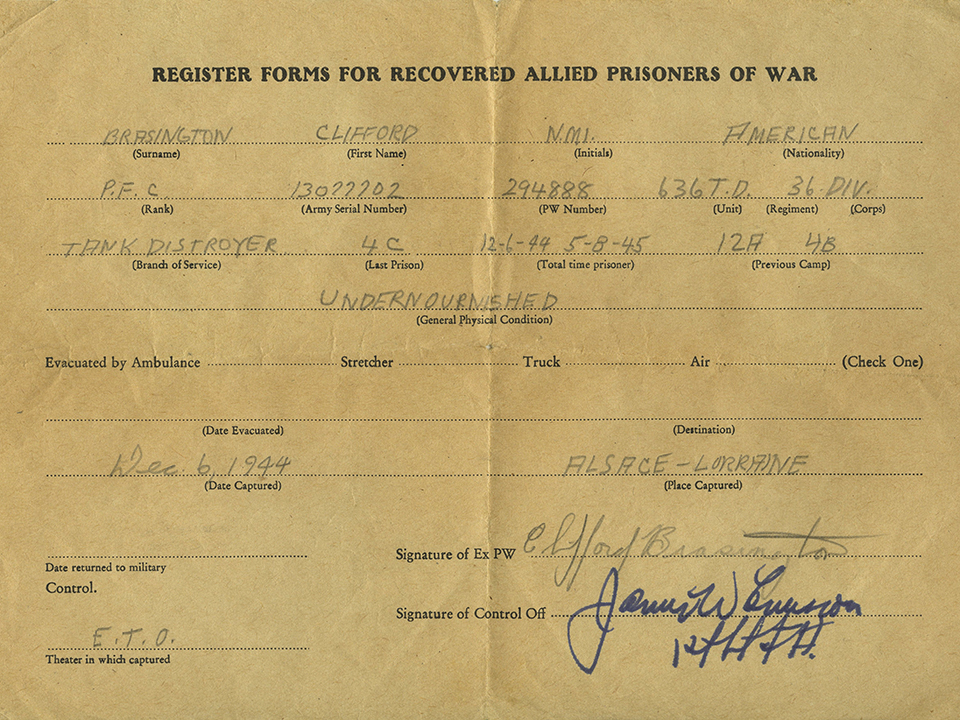
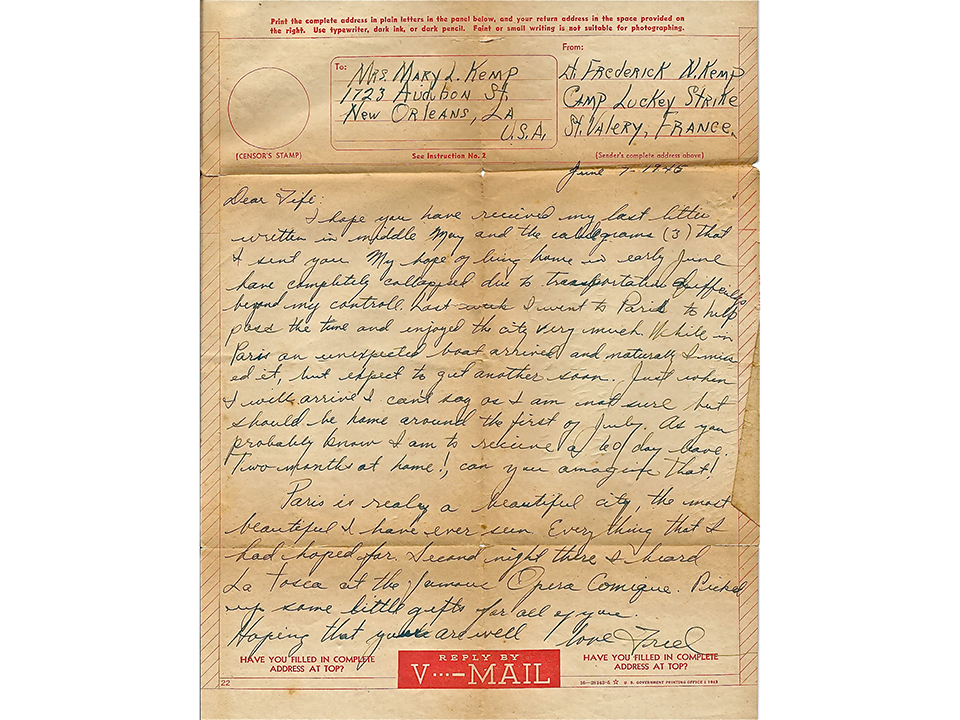
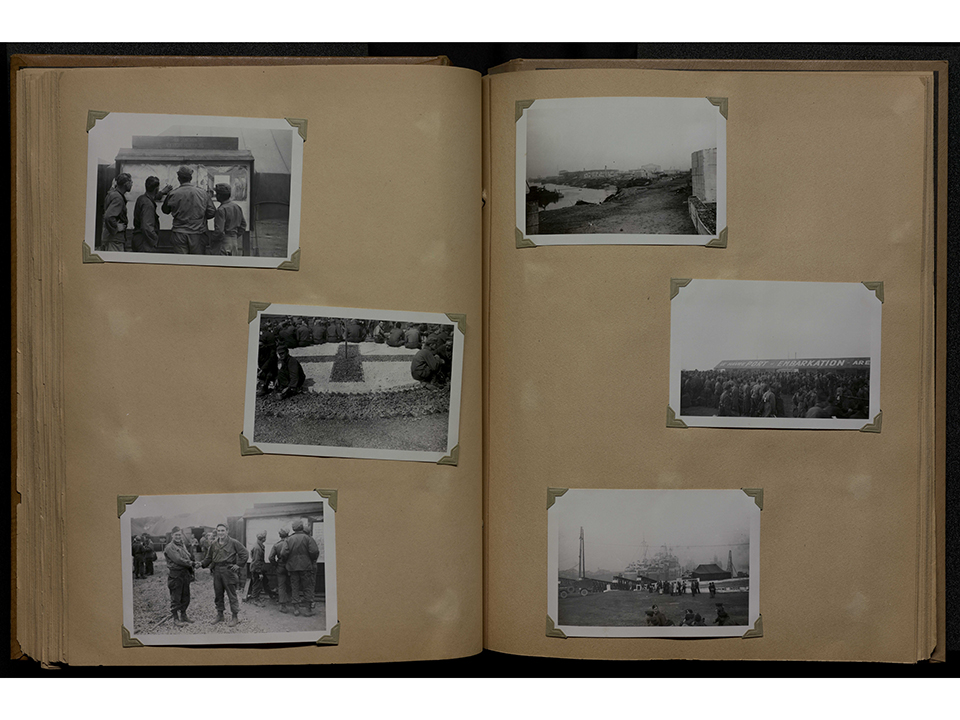


![Max Fuchs, New York City cantor, sings as Rabbi Sydney [sic] Lefkowitz, Richmond, VA, conducts the first Jewish services from Germany.](/sites/default/files/styles/max_650x650/public/2025-10/image1.jpg)




